Did you know that coffee only grows in specific parts of the world? It’s called the Bean Belt. No different to grapes for wine, exactly where coffee plants grow influences the different characteristics of the green beans.

Except with countless single-origin coffee beans to pick from these days, it’s tough to zero in on those that most excite your taste buds. In this article, we'll visit 14 coffee producing countries to help you discover their flavor profiles.
THE AMERICAS
NORTH AMERICA
Jamaica

While coffee is grown on other Caribbean islands, the most famous and highest quality is that from Jamaica. In fact, the country was among the first on the specialty coffee scene.
Dubbed as the ‘champagne of coffees’, the Jamaican Blue Mountain (JBM) Coffee is grown in cloud forest above 915 meters in the Blue Mountains. And, almost exclusively, the coffee’s packaged in Aspen wood barrels, rather than sacks.
Boasting a unique flavor profile, JBM Coffee is extra smooth with a velvety mouthfeel. Vibrant and full bodied yet mellow with a sweetness bordering on creamy, and virtually no bitterness. On occasion, hints of herbs, nuts, and chocolate.
United States - Hawaii

Other than small-scale coffee production in California, Hawaii is the only U.S. state to grow coffee.
There are coffee farms throughout the Hawaiian chain, but no beans as sought after as those from Kona on the Big Island. Cultivated on the slopes of the active Mauna Loa and Hualalai volcanoes.
Pure, unblended Kona coffee is among the rarest and priciest on the planet.
Expect a well balanced, medium bodied, delicate cup with notes of honey, brown sugar, milk chocolate, fruit, even spicy wine. Slight acidity with an aroma resembling a mix of butter, caramel, and cocoa. Plus a lingering silky aftertaste.
Mexico
Mexico ranks in the top 10 of coffee producing countries. Mainly in the form of commodity coffee destined for the U.S.
Some 95% of Mexican coffee originates in the southern states of Chiapas, Oaxaca, Veracruz, and Puebla.
Given the different climate and terrain in which beans are farmed, the flavor of coffee from Mexico varies quite a bit. All the same, it’s usually subtle and lighter in body with mild acidity. Seldom tasting of bold fruit, and more often richer, sweeter, chocolatey characteristics.
CENTRAL AMERICA
Guatemala

Mexico’s southern neighbor and the second biggest coffee producer in the region after Honduras.
Of the 8 coffee growing areas in Guatemala, a trio are most well known: Antigua, Coban, and Huehuetenango.
Still, the diversity of microclimates across the country results in a wide variety of Guatemalan coffee beans each with different characters.
Tastes and aromas run from flowery or citrusry through to deep strong bodied coffee with chocolate, nutty, or smoky overtones. Tending to be somewhat acidic but rich and punchy in flavor.
SOUTH AMERICA
Brazil
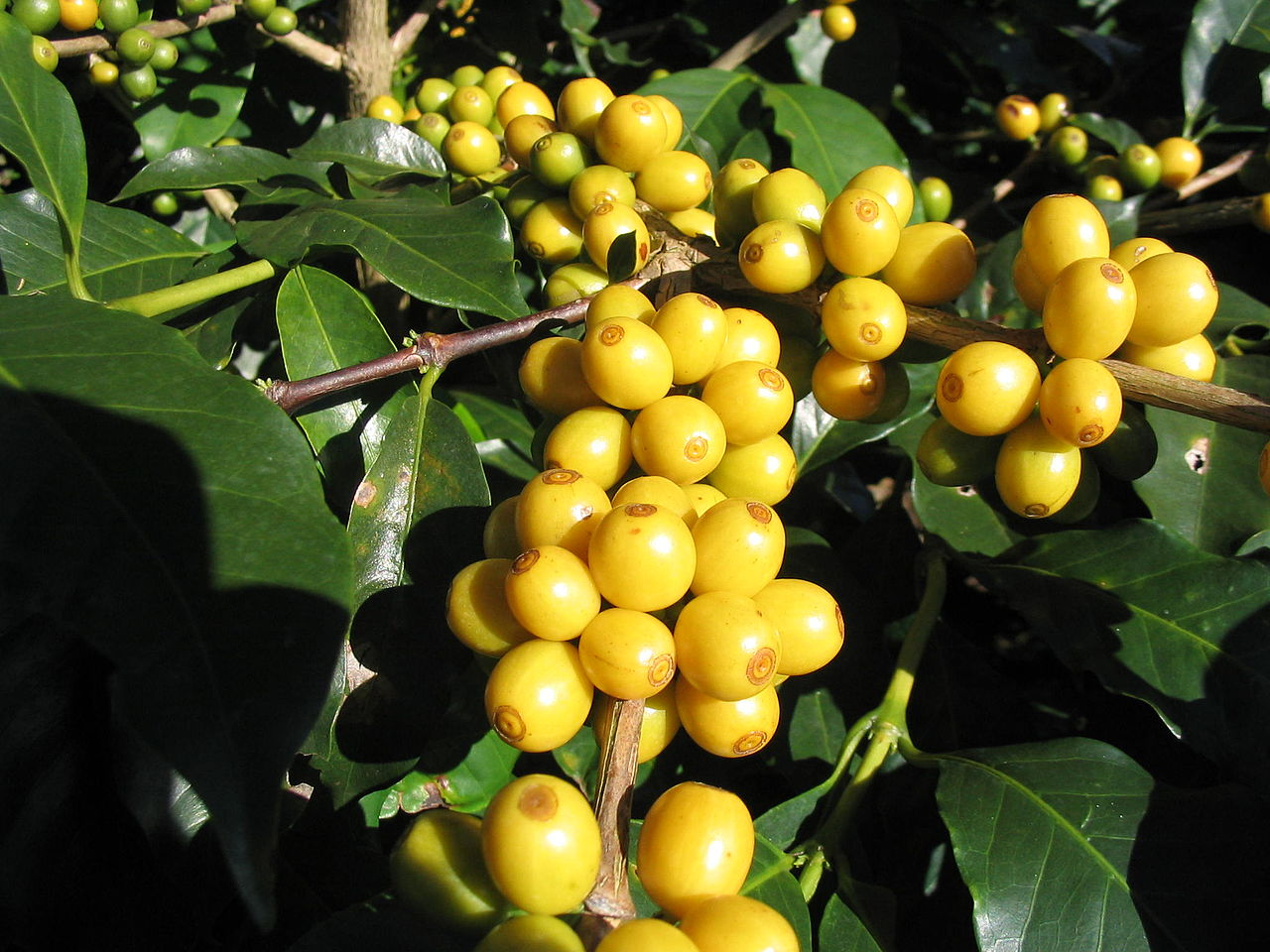
Brazil has been the largest coffee grower and exporter globally for the last century and a half. A coffee powerhouse responsible for supplying around a third of the world’s joe.
In terms of output, the southeastern states of Minas Gerais, São Paulo, and Paraná dominate.
Unlike in other countries, the landscapes that make up coffee plantations in Brazil are normally flat. Because of this and the mechanised harvesting of the beans, Brazilian coffee isn’t generally regarded for quality or flavor.
That said, coffee grown at low elevations means sweet nutty, chocolatey, buttery taste profiles. Finish is less clean but acidity is low and, upon first pour at least, heavy bodied.
Colombia
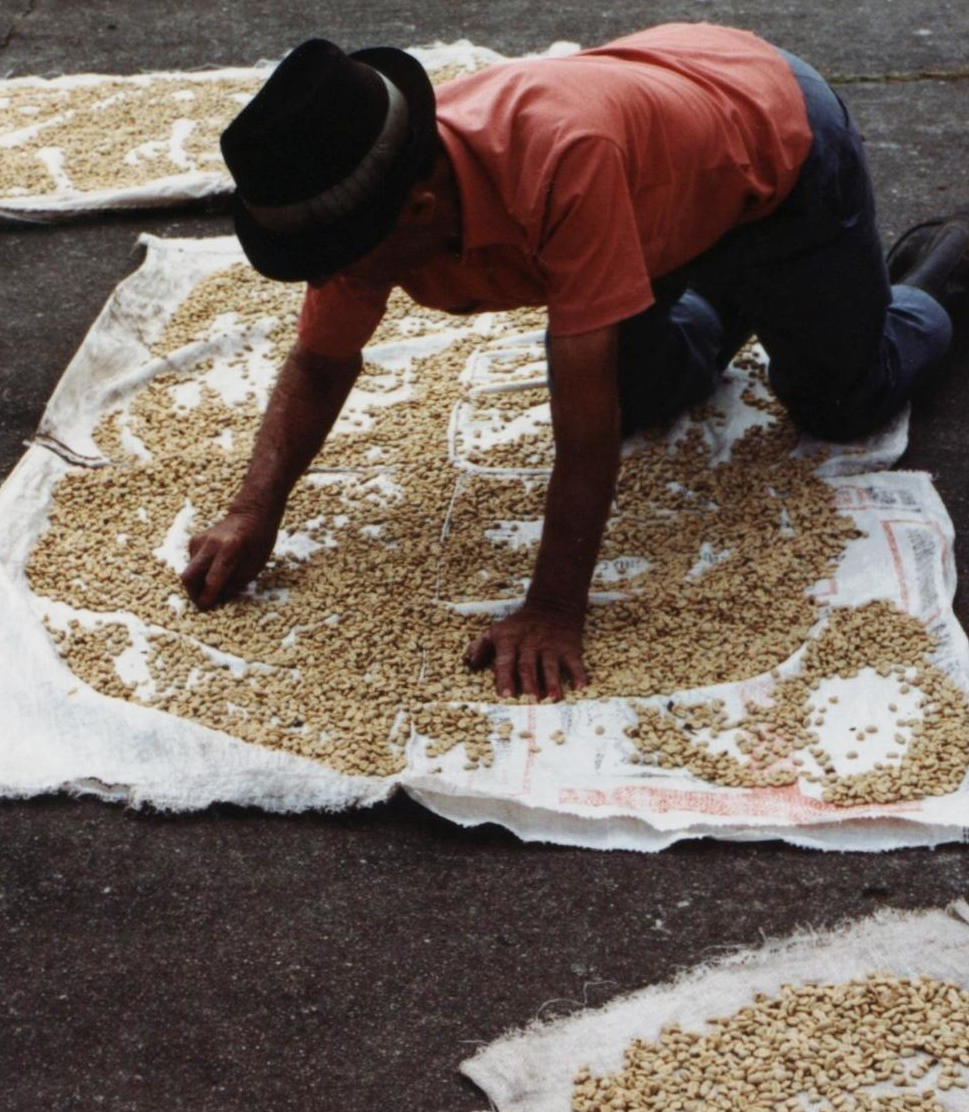
Another coffee giant, Colombia takes third spot in the world in terms of yearly production. Not to mention, quite possibly the best marketed; represented by the iconic Juan Valdez, the mule-riding mustachioed coffee farmer.
Sitting right on the equator, Colombia’s rugged lands and dozens of micro-climates provide the ideal conditions for growing coffee.
The majority of which is cultivated in the Coffee Growing Axis (or Coffee Triangle) in the Paisa region at the western end of the Colombian Andes. For the most part, on smallholder farms in the departments of Caldas, Quindío, and Risaralda. Beyond which, in Antioquia and Cundinamarca.
Both quality and flavor profiles of Colombian coffee differs massively. Some are heavy bodied with traces of nut and chocolate. Whereas others can be exceptionally clean and complex with a jammy sweetness and hints of cherry or other tropical fruits.
AFRICA
Ethiopia
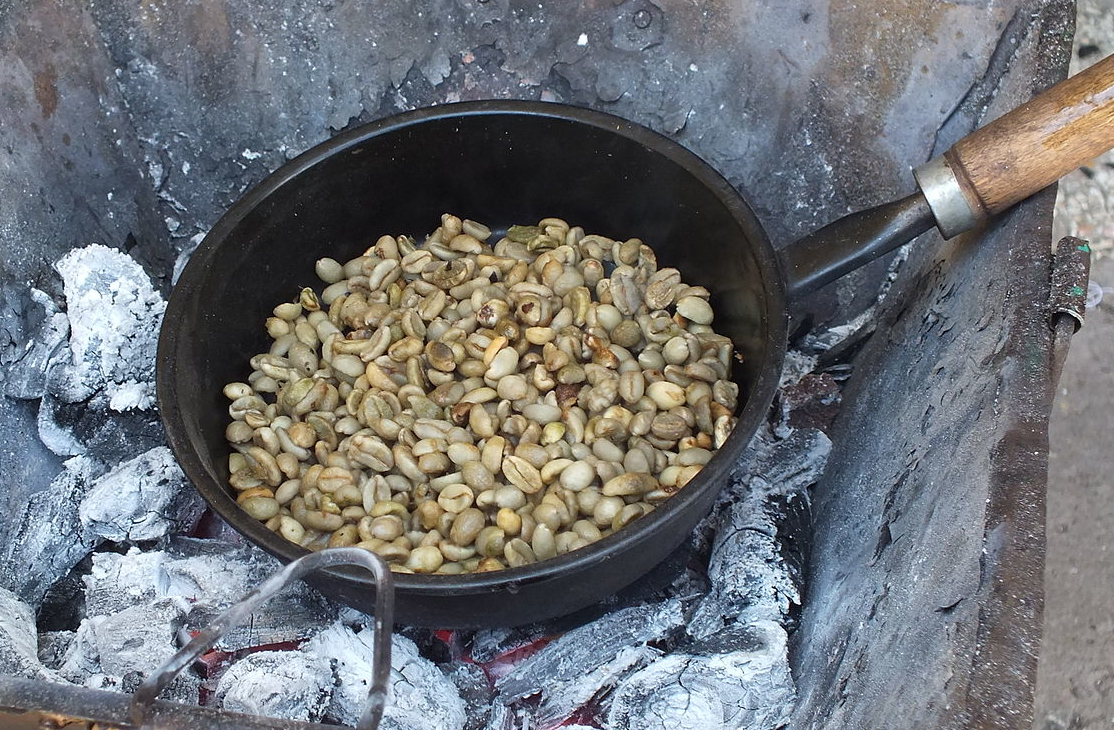
Believed by many to be the origin of the coffee plant itself (in about 850CE), Ethiopia’s been growing coffee far longer than anyone. What’s more, it’s the number one coffee producing African nation and in the top 5 worldwide.
Ethiopian coffee beans grow at altitudes of up to 2200 meters. Mostly in the south/southwest of the country, in Sidamo (especially Yirgacheffe), Djimmah, Limu and, from where the word coffee comes, Kaffa. But also in the east, in Limu.
Something like 90% of the coffee cherries are hand-picked from wild plants (Forest Coffee) or from those planted around homes (Garden Coffee). Indeed, more than anywhere else, there’s thought to be thousands of heirloom varieties found only in Ethiopia; local coffee types, many of which are naturally occurring.
Full flavored, full bodied, and down to earth, Ethiopian coffee tends to be fine, tea like, and super fruity; sometimes with aromas similar to strawberries or blueberries.
Kenya
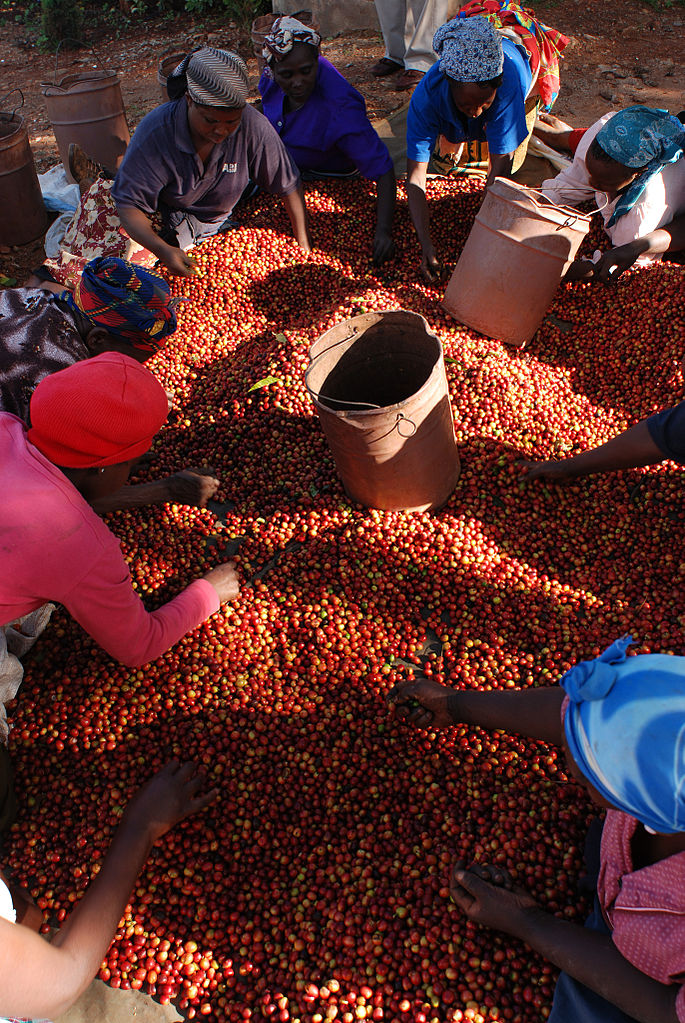
Due south of Ethiopia, Kenya is a specialty coffee capital and famed for the quality of its beans. In fact, the country even has its own grading system with Kenyan AA beans the largest, most popular, and arguably the best.
The major coffee growing locations in this East African nation are the high plateaus around Mount Kenya, the Aberdare Range, Bungoma, Kericho, Kisii, Nakuru, and Nyanza.
Kenyan coffee too can be very wild with juicy flavors and a big body. At other times, bright with obvious citrus and berry notes or else wine like, sweet or savory. Above all, coffee which is beloved for its rich fragrance and excellent acidity, a sharpness reminiscent of blackcurrants or tomatoes.
Tanzania
Most commonly associated with peaberry coffee, Tanzania’s Arabica beans are grown in the Southern Highland regions of Arusha, Mbeya, Ruvuma, and Songwe. As well as on the sides of Mount Kilimanjaro and Mount Meru in the Northern Zone.
Coffees from the south normally have medium body and excellent brightness with fruity and flowery flavors and aromas. Those from the north tend to be pleasantly aromatic, rather acidic, and robust in body with a sweet, balanced flavor.
Tanzanian peaberry, on the other hand, is renowned for its intense brightness and high acidity. Besides a rich, chocolate flavor with hints of dark fruits and a soft, sweet aftertaste. Quite apart from floral notes and those of citrus, pineapple, and coconut.
THE MIDDLE EAST
Yemen
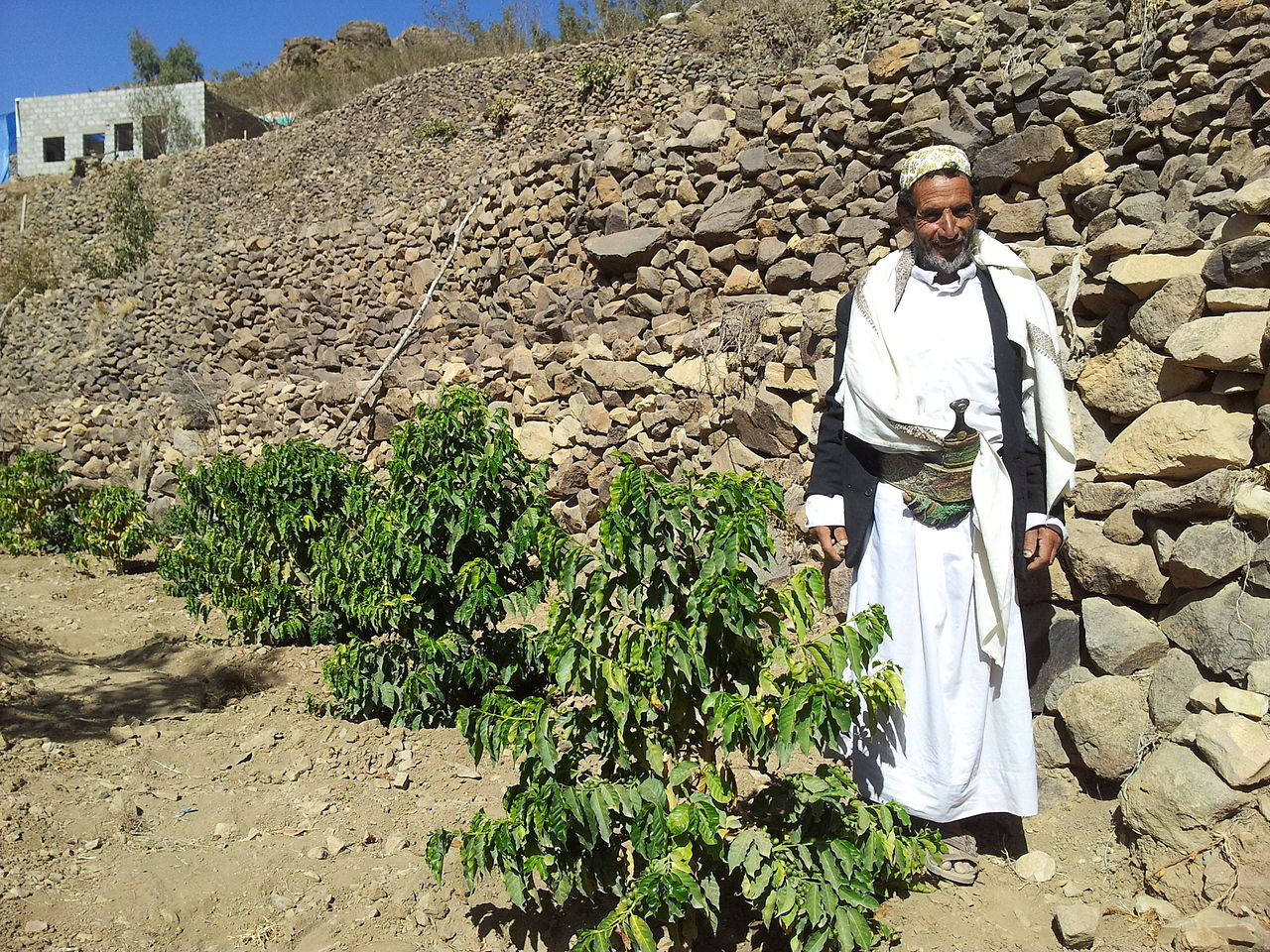
Yemen just happens to be where the first coffee bean was roasted and brewed into a drink by a Sufi monk in 1450CE.
Not a hundred years later, Yemen coffee was being shipped from the Red Sea port of Al-Mukha to the rest of the world. Soon the word Mocha became synonymous with Arabic coffee. And later used to name the moka pot.
Traditionally, Yemen’s specialty coffee is high-grown in the dry mountainous west of the country. The main regions being Hirazi, Mattari, Sanani, and Ismali. Coffee farms there are carved into hillsides so steep they have to be terraced.
Scarce and costly, authentic Yemeni coffee has a distinct rustic taste and smell like no other. It’s earthy, pungent, and complex with a winey acidity and full body. But most defined by a chocolatey finish, and notes of dried fruit, even cinnamon and cardamom.
ASIA
India
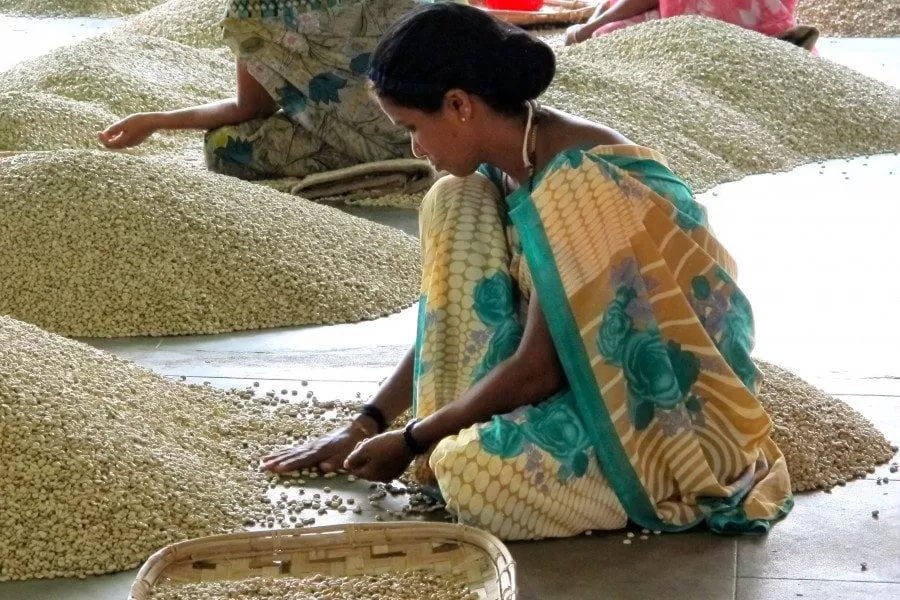
India is the sixth largest coffee producer on Earth and the only country to grow all its beans under shade.
Cultivating roughly 50:50 Arabica to Robusta plants, the bulk of Indian coffee is grown in the Western Ghats spread over the southern states of Karnataka, Kerala, and Tamil Nadu.
One region in particular, the Malabar Coast, has become legendary for its processing of green beans. After being kept in special warehouses, the beans are exposed to the South West monsoon wind and rain for 2 to 4 months. The result is Monsooned Malabar coffee with its mellow yet aggressive, musty flavor and reduced acidity giving a heavy, syrupy flatness like that of an aged coffee.
Malaysia

It may not be the most celebrated origin country, but Malaysia is easily the world leader in growing the rare Liberica coffee species.
The green beans from which can be twice the size as those from regular Arabica and Robusta coffee plants. The reason they’re coined elephant beans.
Farmed in the lowlands, the key coffee cultivating states in Malaysia are Johor, Kelantan, Kedah, Malacca, Selangor, and Terengganu. In addition to Sabah and Sarawak on the island of Borneo.
Malaysian coffee from high-grade Liberica beans is characterized by an insane sweetness and a satisfying, near woody, smokiness. With hardly any acidity, the coffee’s natural flavors are a lot more noticeable; everything from jackfruit to chorizo has been tasted. And the finish is pleasingly long.
Vietnam
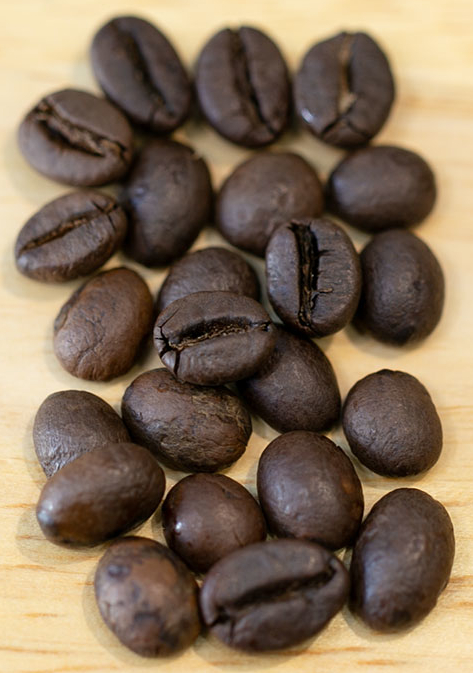
In just the last decade, Vietnam has gone from being a pretty minor coffee producing country to the second largest coffee exporting nation on the planet.
Close to 100% of all the beans grown here are Robusta, more than in any other country. The lion’s share of Robusta farms are concentrated in the Central Highlands region in the provinces of Dak Lak, Dak Nong, Gia Lai, Kon Tum, and Lam Dong.
Though not commonplace, specialty Vietnamese coffee delivers a good body with flavorful notes such as dark chocolate, hazelnut, sweet tobacco, and fig. It's decidedly bitter tasting when taken black.
Indonesia
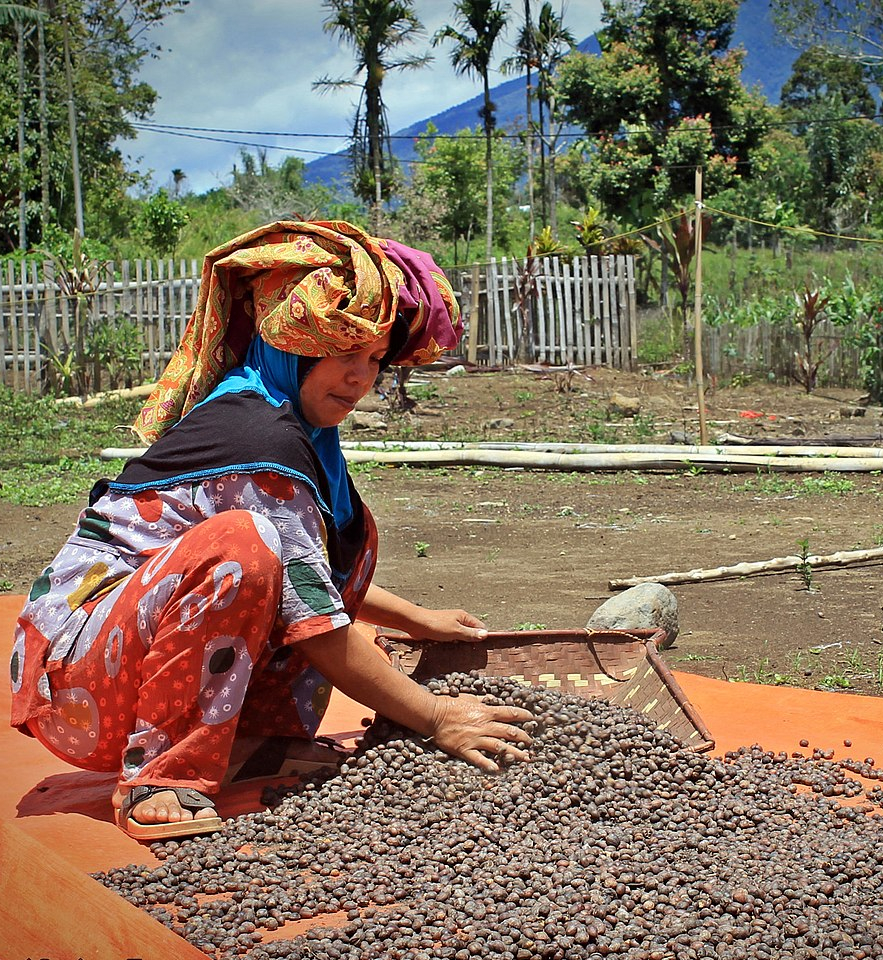
The vastest archipelago country on Earth, it’s not surprising Indonesia’s positioned among the top coffee growers overall.
Of her 17,000+ islands, Sumatra stands out as producing the highest amounts with coffee like Mandheling most in demand. Java, now a nickname for coffee, and Sulawesi aren’t far behind. With no less exotic and interesting coffees cultivated on Bali, Flores, Timor-Leste, and Papua (the Indonesian (western) half of New Guinea).
Indonesian coffee leans towards being dark and bold, with an unmistakable earthiness. The way the beans are processed creates flavor notes from mustiness and spice to wood and leather. As a rule, they enjoy a lasting cocoa-like aftertaste.
AS ONE TASTE ADVENTURE ENDS...
Getting acquainted with the characteristics of coffee beans from across the world helps narrow down to those most likely to delight your palate. Besides saving a load of money and time when first starting out in coffee craft.
In the mood for a perfectly balanced cup? Check out beans from Latin America. Fancy a more tangy brew? Try Tanzania peaberry. Or prefer your java earthy? Then don’t miss coffees from Indonesia.
That just about wraps up our whirlwind tour of the main coffee growing countries and their flavor profiles. But why not continue your quest into coffee taste territory with our deep dive of popular and uniquecoffee flavors you must try!

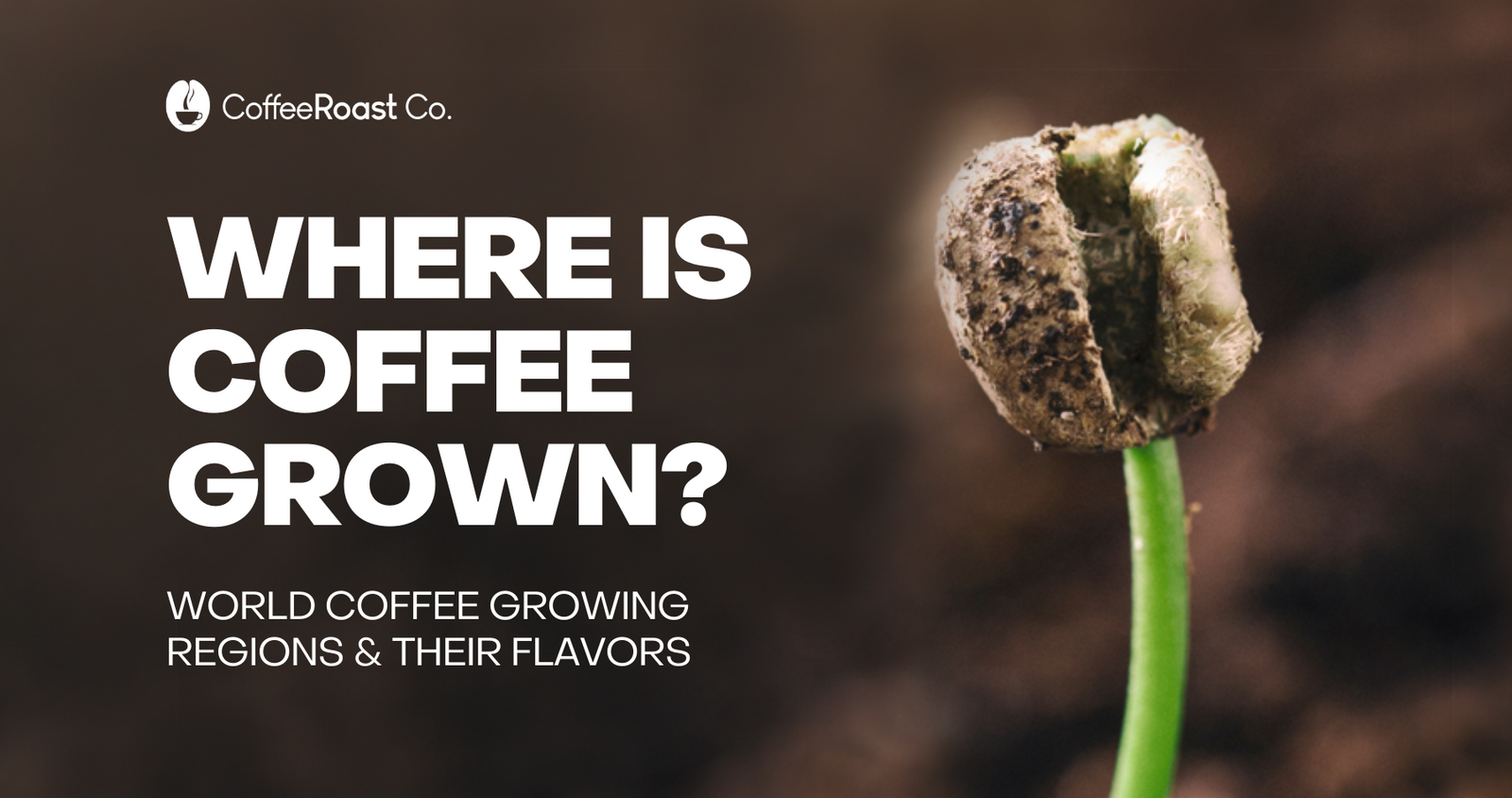



Willis Dickinson
August 01, 2024
Very interesting.
Thanks